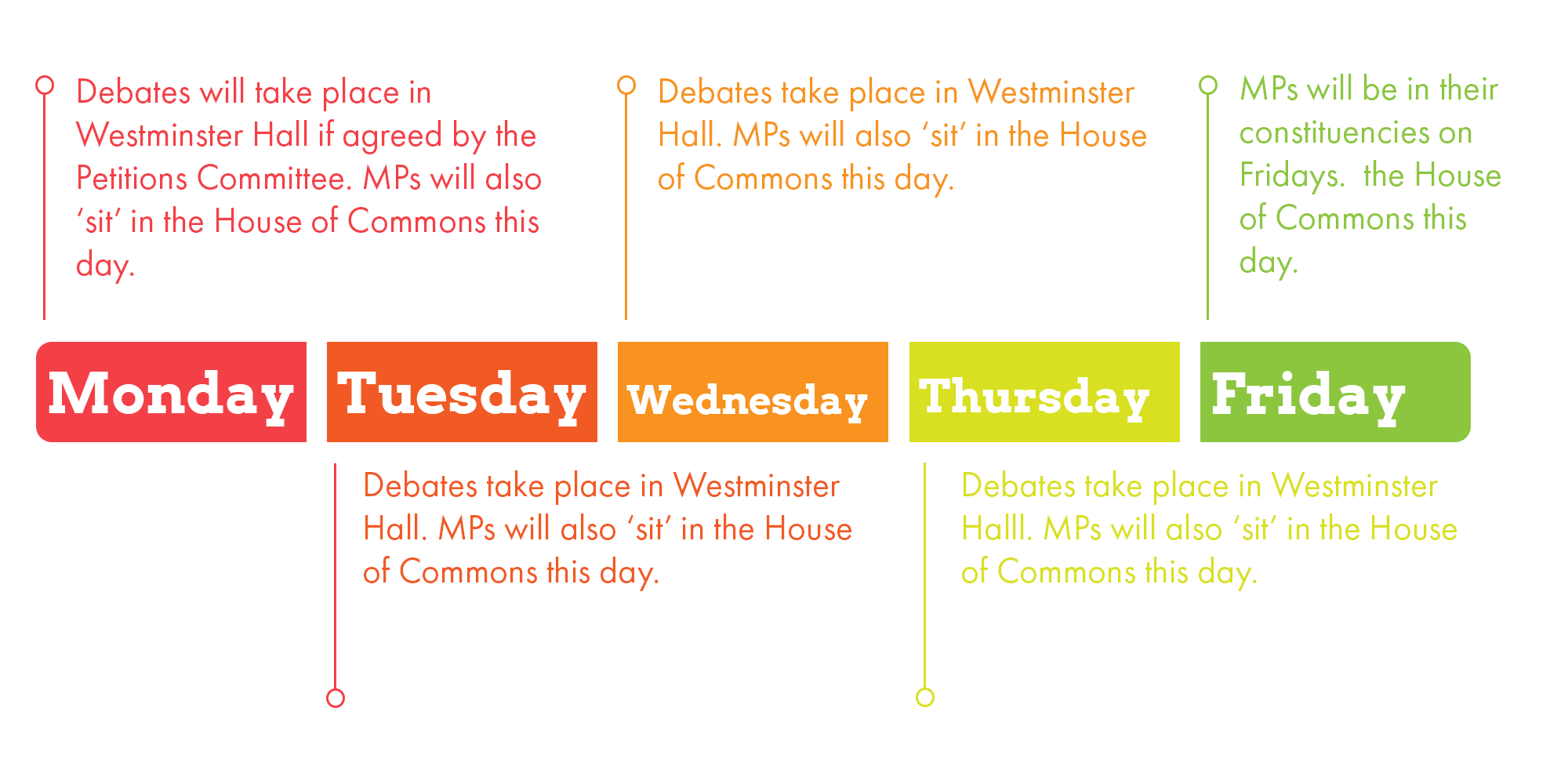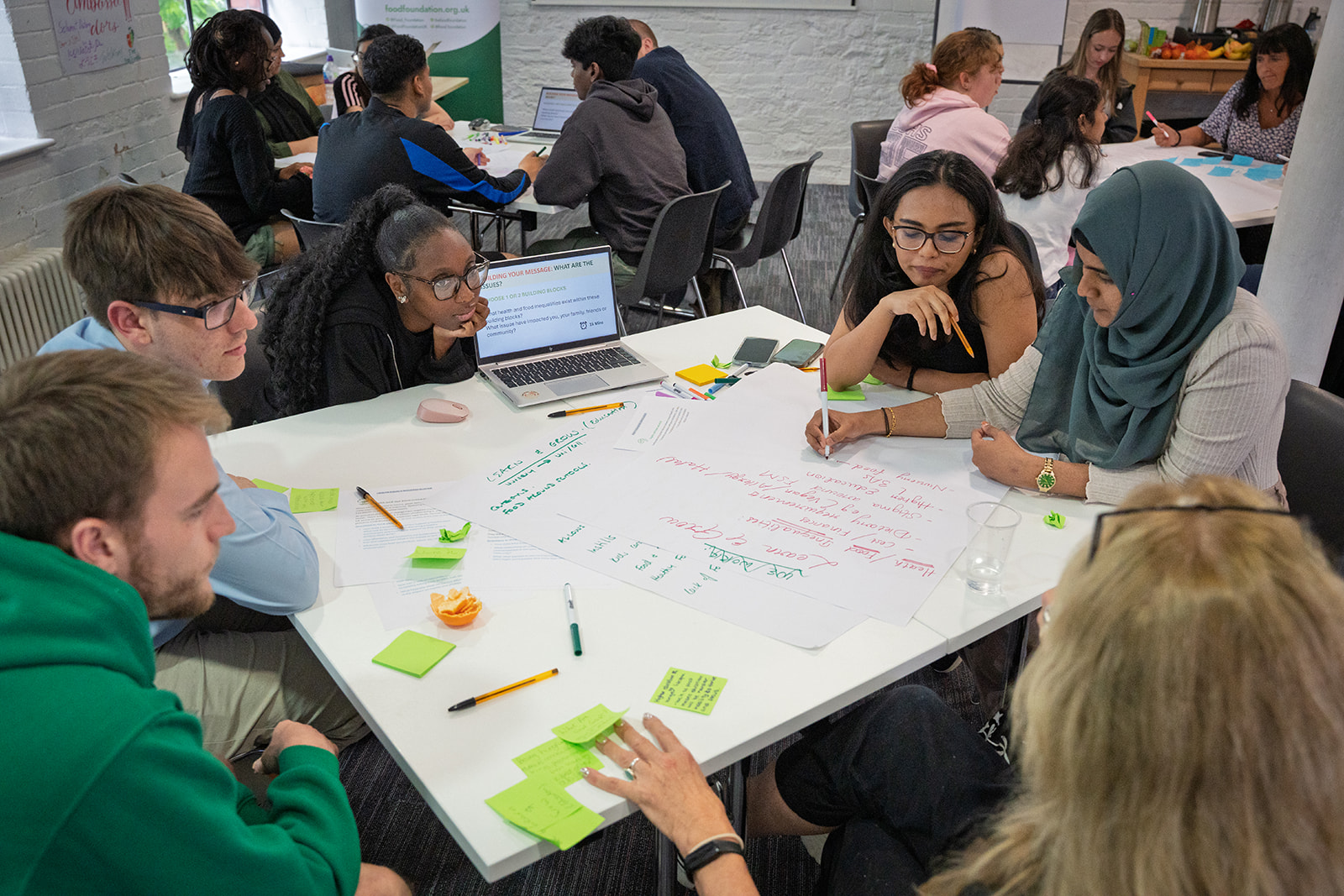Influencing policymakers is key to any successful campaign. This section of the activist toolkit will provide you with strategies to effectively engage with MPs, both online and in person, build support, and drive change. You'll learn how to craft compelling messages, organise impactful events, and utilise social media to catch policymakers' attention. To help you navigate Parliament, we've also included a glossary of key terms you should know.
Find out who your MP is using the button bellow

What you can do to access your MP in person
MPs hold regular surgeries in their constituencies. Some MPs require you to book an appointment in advance, you can contact their office to schedule a meeting.
You can also visit Westminster, by arranging to visit your MP at Westminster. Parliamentary tours and visits can be combined with meetings to discuss your campaign. Here is a list of do’s and don’ts for engaging with an MP in Westminster.
Do’s:
- Be respectful, use polite communication and acknowledge their efforts.
- Be open to dialogue, be willing to engage in constructive dialogue, even if there are differences in opinions.
- Try to attend sessions of Parliament, such as Prime Minister’s Question Time, to see your MP in action and potentially meet them afterwards.
- Be clear and concise within interaction – clearly state your issue, why it matters, and what action you would like your MP to take.
Don’ts:
- Don’t be disrespectful – do not use aggressive or confrontational language.
- Respect their time, be mindful of their busy schedule and don’t expect an immediate response or set of actions.
- Don’t spread information – verify your facts and avoid hyperbole.
- Don’t ignore protocol, avoid unscheduled visits and follow the appropriate procedures for communication and meetings.
TIP: It is good to do some initial research and preparation to understand your MP’s views, voting record and speeches. As well as being well informed about the issue you are campaigning for! What you can do at Westminster.
Here’s a list of activities that you can at Westminster to help you with your campaign!
Demonstrations and Rallies: Organise or join peaceful protests and rallies outside Parliament to visibly show support for your issue.
Petitions: Create and collect signatures for a petition related to your campaign, then deliver it to your MP’s office in Parliament (have a read of our section on petitions!)
Flyering and Handouts: Distribute flyers, brochures, or information sheets around Parliament to inform passersby, including MPs, about your cause.
Attend Parliamentary Sessions: Sit in on public parliamentary sessions to gain insights into the legislative process and find opportunities to engage with MPs before or after sessions.
Public Speaking and Open Mic Events: Organise or participate in public speaking events or open mic sessions near Parliament to draw attention to your campaign.
Engaging with local MPs on social media
Campaigners can engage with local MPs using social media by tagging them in posts related to their cause, using relevant hashtags to increase visibility, and sharing compelling content such as infographics, personal stories, and videos that highlight the campaign’s key issues. They can also participate in live Q&A sessions, comment on MPs' posts to start public conversations, and encourage their supporters to amplify these efforts by liking, sharing, and commenting. Additionally, campaigners can use platforms like Twitter and Facebook to organize virtual events or discussions where MPs can be invited to participate, thereby fostering direct and interactive engagement.
How to organise a survey
Here’s a step-by-step guide to organising a simple survey:
- Define Your Objectives: Clearly outline what you aim to achieve with your survey. Determine the specific information you need to gather to support your advocacy or campaign.
- Identify Your Audience: Specify who your survey is for and who will be responding. Consider demographics such as age, location, or specific community groups that are relevant to your research objectives. This will help tailor your questions effectively.
- Choose a Survey Tool: Select a tool that suits the accessibility of your audience, such as Google Forms, Microsoft Forms, or printed paper surveys if digital access is limited.
- Create and Design Survey: Develop your questions and structure your survey for clarity and ease of response.
- Test Survey: Before launching your survey, conduct a pilot test with a small group of participants. This helps identify any unclear questions or technical issues that need adjustment.
- Distribute Survey: Share your survey with your target audience through appropriate channels. Consider using social media, community newsletters, local events, or direct outreach to reach your intended respondents.
- Analyse Results: Once you've collected responses, analyse the data to uncover trends, preferences, or challenges within your community. Look for patterns that can inform your advocacy efforts.
- Take Action: Use the survey findings to inform your campaign strategies and actions. Share your findings with stakeholders, policymakers, or the community to advocate for change effectively.
By using local insights gathered through surveys, you can tailor your campaigning work more effectively to address the specific needs and challenges of your community.




